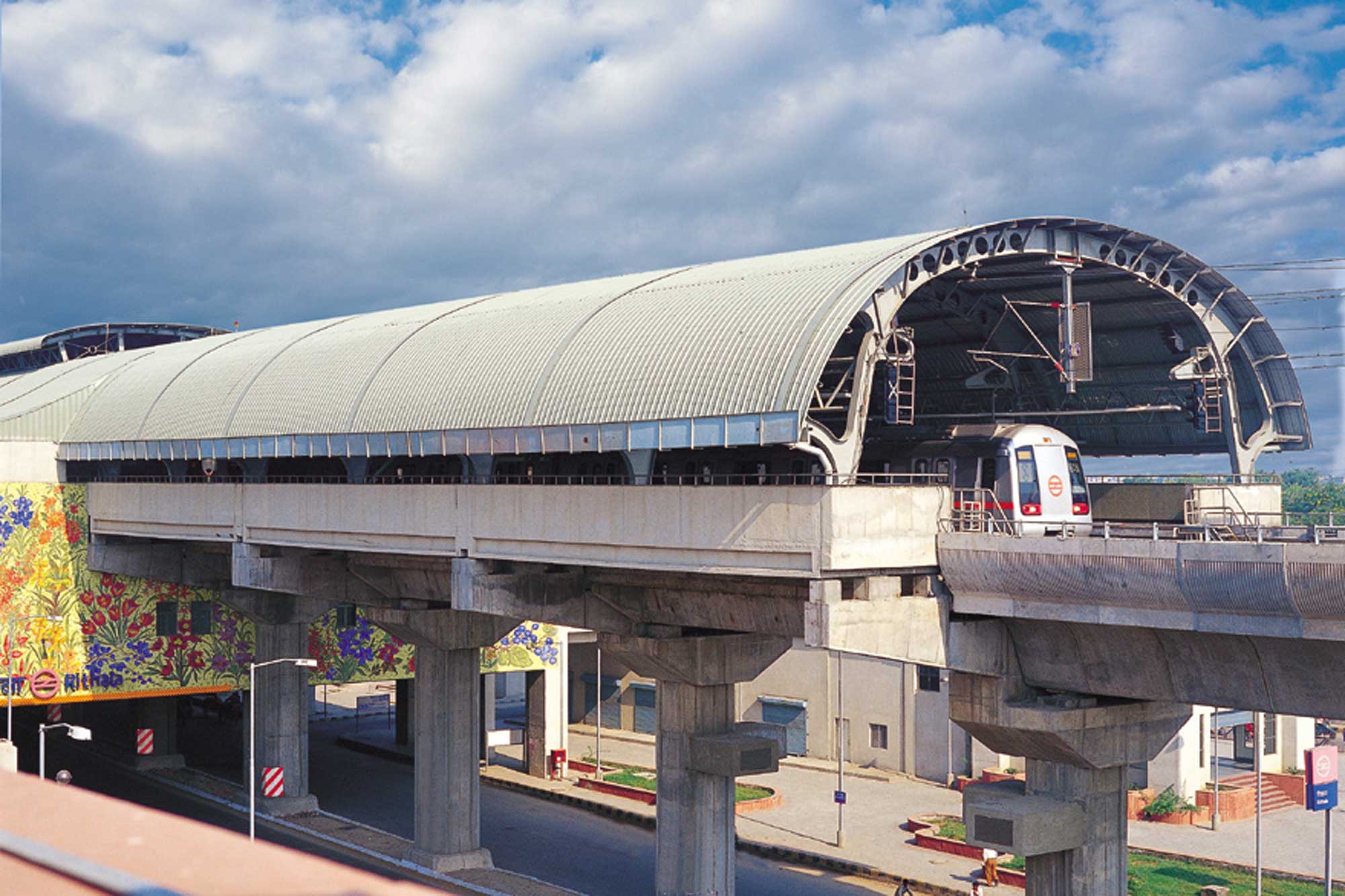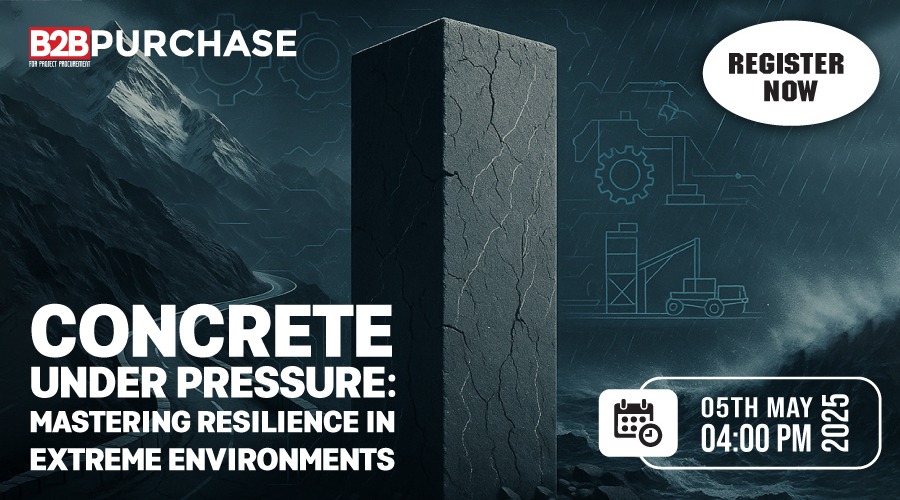Lysaght: Empowering the Indian public sector
By Edit Team | August 24, 2017 9:19 am SHARE

Delhi Metro Rail Corporation (DMRC), a company set up by the Government of India and the Government of National Capital Territory of Delhi, started its operations in 1998 and the first section was made open to the public in the year 2002.
Presently, Delhi Metro is the world’s 13th largest metro system in terms of length serving Delhi, Gurgaon, Faridabad, Noida, and Ghaziabad in the National Capital Region of India. Delhi Metro is also India’s first modern public transportation system, which has revolutionized travel by providing a fast, reliable, safe, and comfortable means of transport. A unique feature of Delhi Metro is its integration with other modes of public transport, enabling the commuters to conveniently interchange from one mode to another.
DMRC wanted project to be aesthetically planned and well-maintained. At the same time, they wanted to ensure that the project does not endanger public life nor lead to ecological or environmental degradation. DMRC wanted nothing less than the best for the entire project, which today stands as a benchmark for other cities in India.
DMRC decided to use steel for roofing of the various stations of MRTS project, not only because of the durability of steel but also the lower time required for steel roofing as compared to concrete roofing. Tata BlueScope Steel partnered with top notch international consultants who guided the DMRC on the latest technical knowhow all about the Metro Rail business.
Challenges and Solutions
Many challenges at various milestones were faced by the engineering teams. The station buildings proposed were typically curved buildings (both convex and concave). Lysaght TRIMDEK 1015 crimp curved sheets and ‘Z’ Type PURLINS were developed for better production capabilities. DMRC was looking for best material quality with sufficient strength to endure maximum stress and strain in case of any eventuality like earthquake. COLORBOND steel in colours Surfmist, Pale Eucalypt, Sky Blue and Torres Blue was used, attributed by being aesthetically pleasing with high strength and being corrosion resistant, this was a natural choice. Since it was required to supply material for multiple station building at the same time, Tata BlueScope Steel ensured proper planning with coordination within the cross-functional teams including engineering, SCM and PPC teams.
Conclusion
Tata BlueScope Steel successfully met with the stringent targets, ensuring timely deliverables by providing superior quality of profiled sheets for 16 DMRC stations in Noida – Delhi corridor and 12 TRIMDEK 1015 crimp curved profiled sheets were supplied along with the supply of ‘Z’ type purlins for 12 DMRC stations.
DMRC is the first Metro in the world to receive the ISO 14001 certification for establishing an environment management system at the construction stage of the Metro Railway system. The entire MRTS project is being executed keeping in mind the environment, health and safety guidelines laid down by DMRC.
DMRC today stands for reliable and safer journeys, time-saving for commuters, reduction in atmospheric pollution, reduction in accident rates, reduced fuel consumption, reduced vehicle operating costs and increase in the average speed of road vehicles, which has helped in improving the quality of life of people in Delhi and making the city a much more attractive city for economic investment and growth.
India for the first time witnessed colourful steel roofing along with unconventional design aspect (concave/convex) being used for an infrastructure project like Railways System, making it a landmark project that set as standard for all to follow!
Cookie Consent
We use cookies to personalize your experience. By continuing to visit this website you agree to our Terms & Conditions, Privacy Policy and Cookie Policy.





































-20240213125207.png)

























